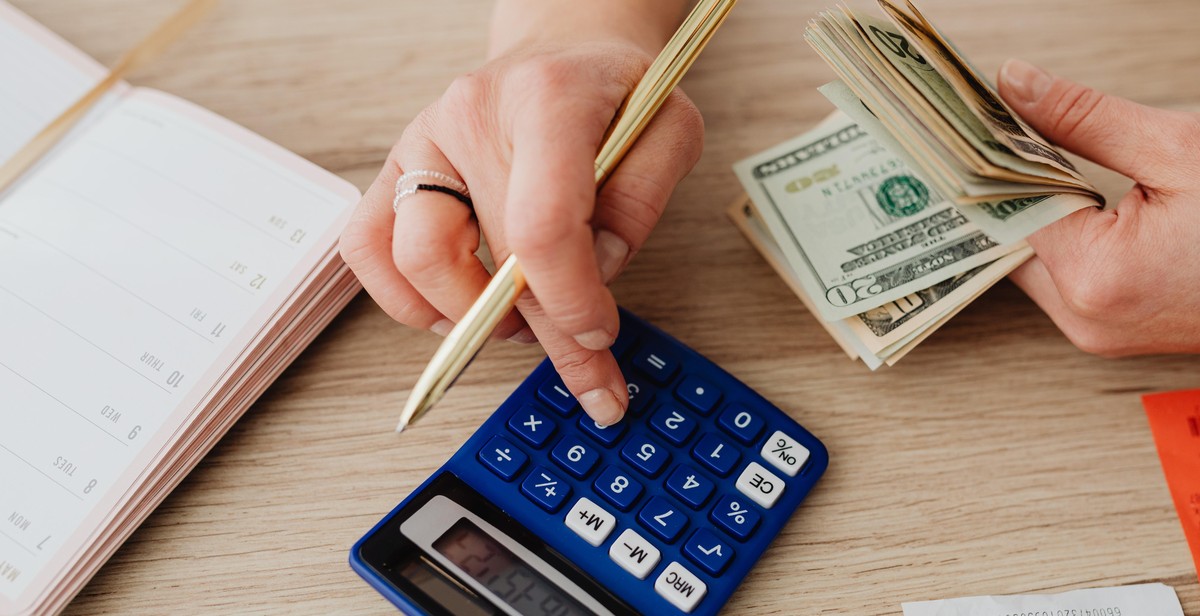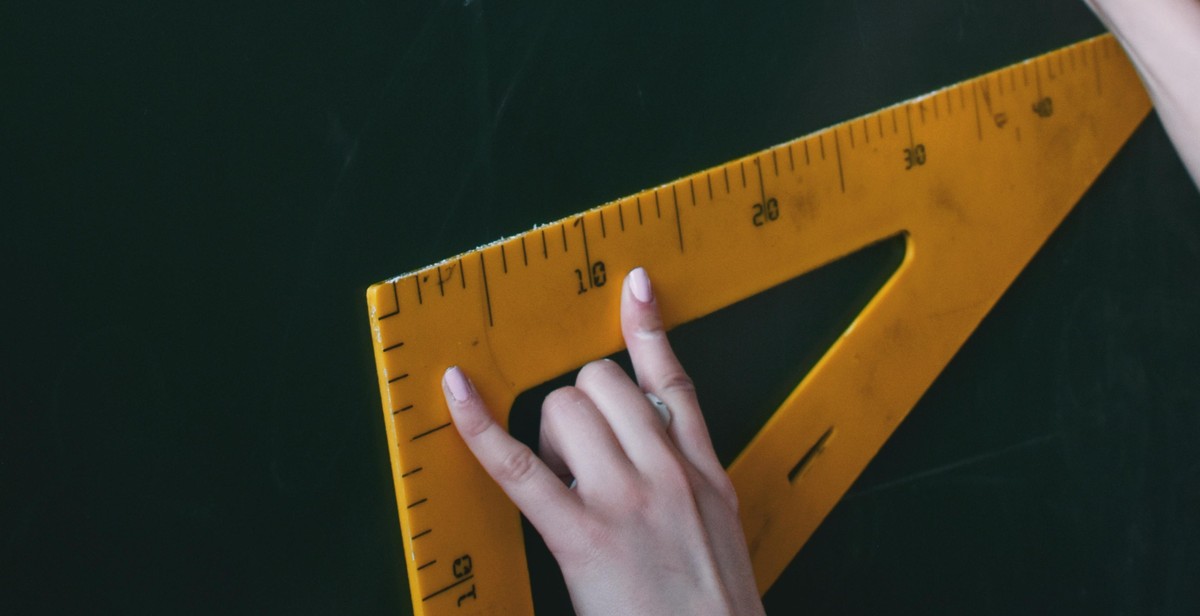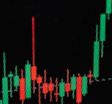Introduction
Welcome to the world of finance and economics, where prices are constantly changing. Have you ever wondered why the cost of goods and services fluctuate over time? In this article, we will explore the concepts of inflation and deflation, the main drivers behind these price changes.
Understanding Inflation
Inflation refers to the general increase in prices of goods and services in an economy over time. When inflation occurs, the purchasing power of money decreases, meaning that you can buy fewer goods or services with the same amount of money. This phenomenon is typically measured by the inflation rate, which indicates the percentage increase in prices over a specific period.
Inflation can be caused by various factors, including:
- Increased Demand: When the demand for goods and services surpasses the available supply, prices tend to rise.
- Cost Push: Rising production costs, such as wages or raw materials, can lead to higher prices.
- Monetary Factors: When there is an excessive increase in the money supply, it can lead to inflation.
Exploring Deflation
In contrast to inflation, deflation is the general decrease in prices of goods and services. During deflation, the purchasing power of money increases, enabling you to buy more for the same amount of money.
Deflation can occur due to various reasons, including:
- Decreased Demand: When demand for goods and services declines, suppliers may reduce prices to stimulate consumption.
- Technological Advancements: Innovations and improvements in production processes can lead to cost reductions and lower prices.
- Tight Monetary Policy: When central banks reduce the money supply or increase interest rates, it can contribute to deflation.
Understanding the causes and effects of inflation and deflation is crucial for investors, businesses, and individuals alike. These economic phenomena can significantly impact investment decisions, savings, and overall financial planning.
In the following sections, we will delve deeper into the effects of inflation and deflation on various aspects of the economy, as well as strategies to mitigate their potential negative impacts.
Understanding Inflation
Inflation is a term used to describe the continuous increase in prices of goods and services over time. It is a measure of the decrease in the purchasing power of money, meaning that the same amount of money can buy fewer goods and services as time goes on. Inflation is a natural part of any economy and can have both positive and negative effects.
Causes of Inflation
There are various factors that can cause inflation, including:
- Demand-Pull Inflation: This type of inflation occurs when there is an increase in aggregate demand for goods and services, leading to an increase in prices. It typically happens when the economy is growing and consumers have more disposable income.
- Cost-Push Inflation: Cost-push inflation occurs when there is an increase in the production costs of goods and services. Factors such as rising wages, higher raw material prices, or increased taxes can lead to cost-push inflation.
- Monetary Inflation: Monetary inflation is caused by an increase in the money supply by the central bank. When there is more money in circulation, it can lead to higher prices as there is more money available to spend.
Types of Inflation
Inflation can be classified into different types based on its intensity and duration:
- Creeping Inflation: Creeping inflation refers to a low and gradual increase in prices, usually within the range of 1-3% per year. It is considered a healthy level of inflation as it encourages spending and investment.
- Walking Inflation: Walking inflation refers to a moderate level of inflation, typically ranging from 3-10% per year. While it may still be manageable, walking inflation can have a negative impact on purchasing power.
- Hyperinflation: Hyperinflation is an extremely high and rapid increase in prices, usually exceeding 50% per month. It can lead to a complete breakdown of the economy and loss of confidence in the currency.
Effects of Inflation
Inflation can have both positive and negative effects on an economy:
- Positive Effects: Mild inflation can stimulate economic growth, encourage investment, and reduce the burden of debt. It also provides an incentive for individuals to spend and invest rather than hoard money.
- Negative Effects: High inflation erodes the purchasing power of money, making it more difficult for individuals to afford basic necessities. It can also lead to uncertainty, as businesses find it challenging to plan for the future when prices are constantly changing.
Understanding inflation is crucial for individuals, businesses, and policymakers as it helps in making informed financial decisions and managing the impact of rising prices.

Measuring Inflation
In order to understand inflation, it is important to have reliable measures that can accurately gauge changes in prices over time. Several key indicators are commonly used to measure inflation, including the Consumer Price Index (CPI), Producer Price Index (PPI), and Gross Domestic Product (GDP) Deflator.
Consumer Price Index (CPI)
The Consumer Price Index (CPI) is a widely recognized measure of inflation that reflects the average change in prices of a basket of goods and services typically consumed by households. It is calculated by tracking the price changes of various items, such as food, housing, transportation, and healthcare, among others. The CPI provides valuable insights into the purchasing power of consumers and is used to adjust wages, pensions, and other income-related payments to account for inflation.
Producer Price Index (PPI)
The Producer Price Index (PPI) measures the average change in prices received by domestic producers for their output. It tracks price movements at the wholesale or producer level and includes various stages of production, such as raw materials, intermediate goods, and finished products. The PPI is an essential tool for businesses to monitor input costs and adjust their pricing strategies accordingly. Changes in the PPI can also provide insights into future inflationary pressures.
Gross Domestic Product (GDP) Deflator
The Gross Domestic Product (GDP) Deflator is another important measure of inflation that reflects the overall price level of goods and services produced within a country. It is calculated by dividing the nominal GDP by the real GDP and multiplying the result by 100. The GDP Deflator takes into account changes in both consumer and producer prices and is often used to compare inflation rates across different periods. It provides a broader perspective on inflationary trends and is commonly employed by policymakers to assess the overall health of an economy.
By utilizing these key indicators, economists, policymakers, and investors can gain valuable insights into the dynamics of inflation and make informed decisions regarding monetary policy, investment strategies, and economic planning.

Controlling Inflation
Controlling inflation is a key objective for governments and central banks worldwide. There are several tools and policies that can be implemented to manage inflation effectively. These include monetary policy, fiscal policy, and supply-side policies.
Monetary Policy
Monetary policy is primarily implemented by central banks to regulate the money supply and influence interest rates. By adjusting interest rates, central banks can control borrowing costs and impact consumer spending and investment decisions. When inflation is rising, central banks may opt to increase interest rates to reduce spending and curb inflationary pressures. Conversely, during periods of low inflation, central banks may lower interest rates to stimulate economic growth and increase spending.
Fiscal Policy
Fiscal policy refers to the government’s use of taxation and public spending to influence the economy. In the case of inflation, governments can adopt contractionary fiscal policies, such as increasing taxes or reducing government spending, to decrease aggregate demand and reduce inflationary pressures. Conversely, expansionary fiscal policies, such as tax cuts or increased government spending, can be implemented during periods of deflation or economic downturn to stimulate demand and boost economic activity.
Supply-Side Policies
Supply-side policies focus on improving the productive capacity and efficiency of the economy. These policies aim to reduce costs, increase productivity, and foster innovation. By enhancing the supply side of the economy, governments can alleviate inflationary pressures caused by supply constraints. Supply-side policies may include measures such as investing in infrastructure, promoting education and skills development, deregulating industries, and encouraging entrepreneurship and innovation.
Combining these three policy approaches creates a comprehensive framework for controlling inflation. Governments and central banks need to carefully assess the economic conditions and choose the most appropriate mix of policies to achieve their inflation targets.

Understanding Deflation
Deflation is the opposite of inflation and refers to a sustained decrease in the general price level of goods and services within an economy over a period of time. It is characterized by a decrease in the purchasing power of money, as prices fall and the value of currency increases. While deflation may seem beneficial on the surface, it can have serious implications for the economy.
Causes of Deflation
Deflation can be caused by various factors, including:
- Reduced Demand: When consumer spending decreases, businesses respond by lowering prices to stimulate demand. This can lead to a downward spiral, as lower prices result in decreased revenues, leading to reduced production, job losses, and further decreased demand.
- Technological Advancements: Improvements in technology often lead to increased productivity, resulting in lower production costs. As a result, businesses may lower prices to remain competitive, leading to deflation.
- Decrease in Money Supply: If the central bank reduces the money supply, it can lead to deflation. With less money circulating in the economy, individuals and businesses have less purchasing power, causing prices to decline.
Effects of Deflation
Deflation can have significant effects on the economy:
- Increased Debt Burden: Deflation increases the real value of debt, making it harder for individuals and businesses to repay loans. This can lead to defaults, bankruptcies, and financial instability.
- Delayed Purchases: When prices are falling, consumers may delay purchases in anticipation of even lower prices in the future. This can further reduce demand and hinder economic growth.
- Lower Investment: Deflation discourages investment as businesses face uncertain future prices. This can lead to reduced capital spending, job cuts, and economic contraction.
- Wage Deflation: In a deflationary environment, businesses may reduce wages to remain profitable. This can result in lower consumer spending, exacerbating the deflationary cycle.
It is important to note that while deflation may benefit consumers in the short term, prolonged deflation can have severe consequences for the overall economy. Central banks and policymakers often strive to maintain a moderate level of inflation to promote economic stability and growth.

Measuring Deflation
Deflation refers to a sustained decrease in the general price level of goods and services in an economy over a period of time. It is important to measure deflation accurately to understand its impact on the economy and make informed decisions. Here are some commonly used indicators to measure deflation:
Consumer Price Index (CPI)
The Consumer Price Index (CPI) is a widely used measure of inflation and deflation. It tracks changes in the prices of a basket of goods and services that an average consumer purchases. By comparing the CPI from one period to another, economists can determine the rate of inflation or deflation. A negative CPI indicates deflation, meaning the prices of goods and services have decreased.
Producer Price Index (PPI)
The Producer Price Index (PPI) measures the average change in prices received by domestic producers for their output. It provides insights into inflationary or deflationary pressures at the producer level before they are passed on to consumers. A negative PPI indicates deflation, implying that producers are receiving lower prices for their goods and services.
Gross Domestic Product (GDP) Deflator
The GDP Deflator is another important indicator used to measure deflation. It measures the overall price level of all goods and services produced in an economy. By comparing the GDP deflator from one period to another, economists can determine the inflation or deflation rate. A decrease in the GDP deflator suggests deflation.
These indicators provide valuable insights into the level and direction of deflation. They help policymakers, businesses, and investors make informed decisions and adjust their strategies accordingly. It is important to carefully analyze these indicators in conjunction with other economic data to gain a comprehensive understanding of deflationary trends.

Controlling Deflation
Deflation can have detrimental effects on an economy, leading to decreased consumer spending, reduced business investments, and increased unemployment. To prevent and control deflation, policymakers can implement various strategies, including monetary policy, fiscal policy, and supply-side policies.
Monetary Policy
Monetary policy refers to the actions taken by a central bank to manage the money supply and interest rates in an economy. In a deflationary environment, central banks can implement expansionary monetary policies to stimulate economic activity and prevent further price declines. This may involve lowering interest rates, increasing the money supply through open market operations, or reducing reserve requirements for banks.
Fiscal Policy
Fiscal policy involves the use of government spending and taxation to influence the overall economy. During deflationary periods, governments can implement expansionary fiscal policies to boost aggregate demand. This can include increasing public spending on infrastructure projects, providing tax incentives for businesses and consumers, or implementing direct stimulus measures such as cash transfers or tax cuts.
Supply-Side Policies
Supply-side policies focus on enhancing the productive capacity and efficiency of an economy. By improving the supply side, policymakers aim to stimulate economic growth and reduce the risk of deflation. These policies may involve deregulation, reducing barriers to entry for businesses, investing in education and training programs, and promoting research and development activities. By increasing productivity and competitiveness, supply-side policies can help create a more resilient economy and prevent deflationary pressures.
It is important to note that the effectiveness of these policies in controlling deflation may vary depending on the specific economic circumstances and the severity of the deflationary pressures. Policymakers often employ a combination of monetary, fiscal, and supply-side policies to address deflationary risks and support economic stability.
Conclusion
In conclusion, understanding why prices change is essential for individuals and businesses alike to navigate the complex world of economics. Inflation and deflation are two key factors that drive price fluctuations in the market.
Inflation occurs when there is a sustained increase in the general price level of goods and services over a period of time. This is often caused by factors such as increased demand, rising production costs, or the expansion of the money supply. Inflation erodes the purchasing power of money, as the same amount of currency can buy fewer goods and services. It can lead to higher interest rates, reduced savings, and uncertainty in the economy.
Deflation, on the other hand, is the opposite of inflation. It occurs when there is a sustained decrease in the general price level of goods and services. Deflation can be caused by factors such as reduced demand, falling production costs, or a contraction in the money supply. While deflation may seem beneficial as it increases the purchasing power of money, it can lead to a downward spiral in the economy, as consumers delay purchases in anticipation of further price decreases.
Central banks and governments play a crucial role in managing inflation and deflation through monetary and fiscal policies. They use tools such as interest rate adjustments, open market operations, and government spending to stabilize prices and promote economic growth.
Investors and individuals can protect themselves from the effects of inflation and deflation by diversifying their portfolios, investing in assets that tend to perform well during different economic conditions, such as stocks, bonds, real estate, and commodities. Additionally, keeping a close eye on economic indicators and staying informed about market trends can help make informed financial decisions.
Remember: Prices change due to a variety of factors, and understanding the underlying causes is crucial for making sound financial decisions. Whether it’s inflation or deflation, being aware of the potential impacts on the economy and your personal finances can help you navigate the ever-changing landscape of the market.
